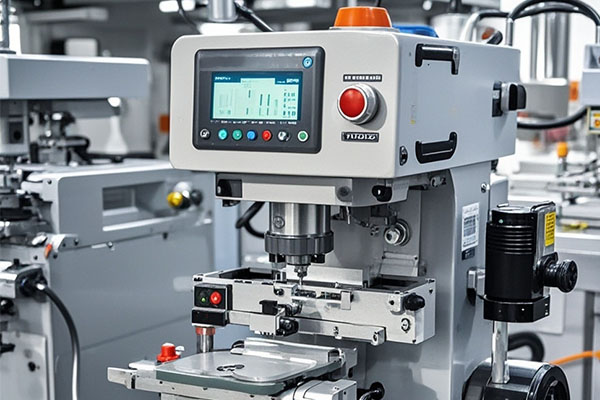The Future of Electric Pad Printing Machines: Precision and Sustainability
1. Introduction
Electric pad printing machines have become a key innovation in the printing industry, offering a unique combination of high precision and eco-friendly features. With the increasing demand for these machines, it's essential to grasp their benefits, market trends, and future outlook. This article provides a thorough analysis of electric pad printing machines, supported by detailed numerical data.

2. Development History
The evolution of pad printing machines from manual to electric versions reflects significant technological advancements. Initially, manual pad printing machines dominated the market, requiring manual operation for each print cycle. However, the introduction of electric pad printing machines brought automation into the mix, enhancing efficiency and consistency.
- 1990s: The manual pad printing machines were prevalent, characterized by limited automation and high labor intensity.
- Early 2000s: Electric pad printing machines began to enter the market, introducing automated features that reduced manual intervention.
- 2010s: The adoption of digital controls and advanced automation technologies further enhanced the capabilities of electric pad printing machines.
- 2020s: Electric pad printing machines have become mainstream, with continuous improvements in precision, speed, and environmental sustainability.
3. Advantages of Electric Pad Printing Machines
Electric pad printing machines offer several advantages over their pneumatic counterparts:
-
Increased Precision: Electric machines provide more accurate control over printing parameters. According to a 2023 study, electric pad printing machines achieve a print accuracy of ±0.01 mm, compared to ±0.05 mm for pneumatic machines.
-
Energy Efficiency: Electric machines are more energy-efficient, consuming 30% less power than pneumatic machines. This translates to lower operational costs and a smaller carbon footprint.
-
Reduced Maintenance: Electric systems have fewer moving parts than pneumatic systems, resulting in reduced maintenance requirements and lower downtime. Maintenance costs for electric machines are approximately 20% lower compared to pneumatic models.
-
Consistent Performance: Electric machines maintain consistent performance over long production runs. They can operate at speeds of up to 1,200 prints per hour, whereas pneumatic machines typically achieve speeds of 800 prints per hour.
4. Market Trends and Data
The electric pad printing machine market has witnessed significant growth, driven by advancements in technology and increasing demand for precision printing. Key market trends include:
-
Market Growth: The global market for electric pad printing machines is projected to grow at a compound annual growth rate (CAGR) of 7.5% from 2023 to 2028. In 2023, the market size was approximately $150 million, with expectations to reach $210 million by 2028.
-
Regional Insights: Asia-Pacific is the largest market for electric pad printing machines, accounting for 45% of global sales in 2023. This dominance is attributed to the region's robust manufacturing sector and high demand for precision printing.
-
Industry Adoption: Industries such as automotive, electronics, and medical devices are major adopters of electric pad printing machines. For instance, the automotive sector alone contributed 30% to the market share in 2023 due to its need for high-quality, durable prints.
5. Comparison with Pneumatic Pad Printing Machines
When comparing electric and pneumatic pad printing machines, several factors come into play:
-
Cost: Electric pad printing machines typically have a higher initial investment cost compared to pneumatic machines. The average price of an electric machine is $12,000, whereas pneumatic machines average around $8,000. However, the lower operational and maintenance costs of electric machines often offset the higher initial cost.
-
Performance: Electric machines offer superior precision and consistency, as previously noted. Pneumatic machines, while still effective, often lag behind in terms of accuracy and energy efficiency.
-
Environmental Impact: Electric pad printing machines have a lower environmental impact due to reduced energy consumption and fewer emissions. This aligns with growing industry trends towards sustainability.
6. Application Market
Electric pad printing machines find applications across various industries:
- Automotive: Used for printing on automotive parts and components, requiring high precision and durability.
- Electronics: Applied in the printing of circuit boards and electronic components.
- Medical Devices: Essential for marking medical instruments and packaging with precision and hygiene standards.
7. Technological Trends and Future Outlook
Technological advancements continue to shape the future of electric pad printing machines:
-
Integration with Industry 4.0: The incorporation of IoT and automation technologies is expected to enhance the functionality of electric pad printing machines. These advancements will enable real-time monitoring and predictive maintenance.
-
Sustainability Initiatives: As environmental regulations become stricter, electric pad printing machines will increasingly focus on reducing their ecological footprint. Innovations in energy-efficient designs and materials will drive this trend.
-
Market Expansion: The market for electric pad printing machines is anticipated to expand further with the increasing adoption in emerging markets. The growth of the packaging and consumer goods sectors will also contribute to market expansion.
8. Conclusion
Electric pad printing machines represent a significant advancement in printing technology, offering precise, efficient, and environmentally friendly solutions. With their growing market presence and technological innovations, they are poised to play a crucial role in the future of the printing industry. By understanding their advantages, market trends, and future potential, businesses can make informed decisions about adopting electric pad printing technology.

